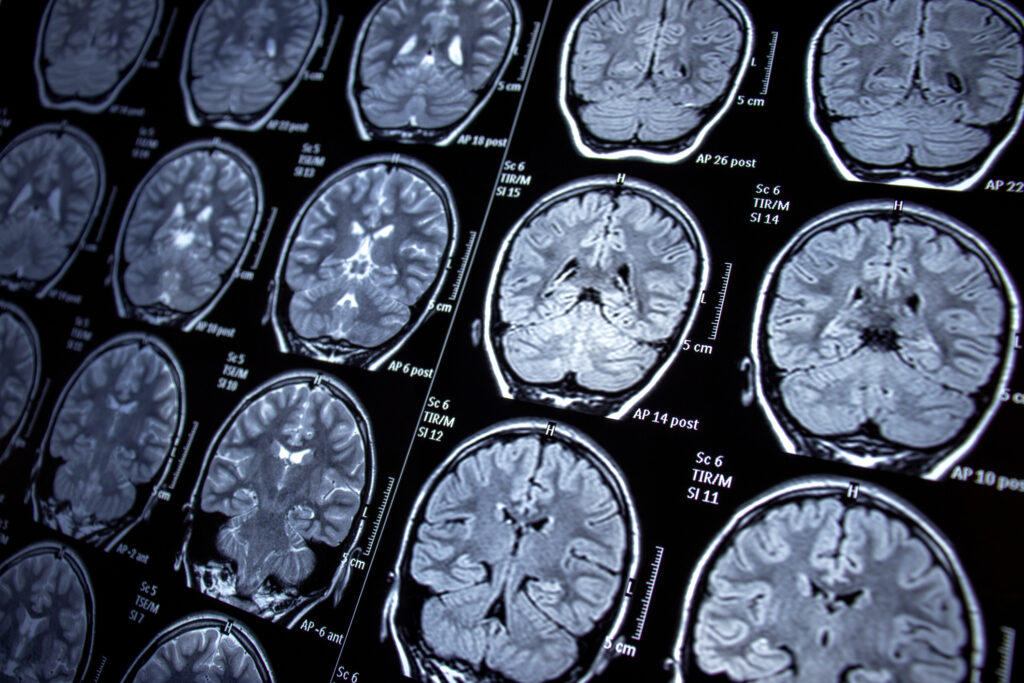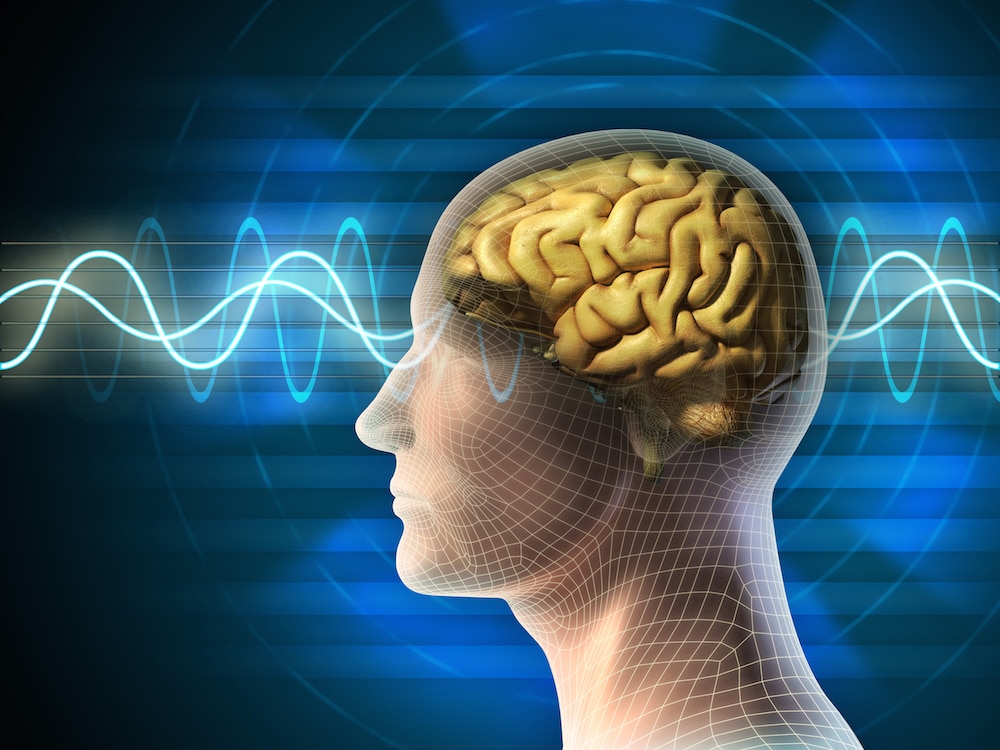Neurofeedback therapy is a recognized treatment for several disorders. Therefore, neurofeedback training for therapists is important. Neurofeedback therapy yields a high success rate in the course of treating several patients that have debilitating conditions such as ADHD, depression, PTSD, autism, insomnia, anxiety, and other disorders related to stress. It is a form of treatment procedure that is safe and effective.
What Is Neurofeedback?
While the ordinary Biofeedback treatment process focuses on measuring and training numerous body processes and their functionality, e.g., measuring the hand’s temperature and heart rate, Neurofeedback focuses on brain activities.
When performing Neurofeedback therapy, sensors are placed on the patient’s head to record their brain waves and activity shown on the screen. So, patients can see how they can manipulate patterns in which their brain works.
Therefore, Neurofeedback’s function is to capture the brain activities to know what is going on in the brain. It doesn’t change its functionality, providing the rest of the task in the hands of the patient to manipulate.
When patients actively participate in the treatment process, it brings about long-term relief simply because it’s self-generated treatment. The patient would experience positive results long after the treatment has been finalized.
How Does Neurofeedback Work?

Neurofeedback training for therapists will give a therapist a vast understanding of Neurofeedback treatment. It will give a whole picture or insight into what is happening in the brain. With such information, the therapist learns the root of the debilitating condition.
Therefore Neurofeedback training for therapists starts from the therapist’s understanding of the human brain. An average human brain is simply two or three pounds and controls almost everything in the body. It controls our ability to learn, our sleep cycles and even our emotions.
Electrical current flows and passes different areas of our brain at varied frequencies. The beta waves have the highest frequency of brainwaves generated when the brain is in high alert mode, during learning, focusing or when actively engaged.
Beta waves are in control when confronted with intensive tasks such as taking exams and giving presentations. However, when beta waves are in excess, it can lead to insomnia and anxiety.
Next, after beta waves are the alpha waves, which occur in the brain during meditation and relaxation, when more alpha waves are produced in the posterior regions of the brain, it decreases stress.
Next, alpha waves are the theta waves with a slow frequency wave and happen during sleep or when daydreaming. When theta waves are in excess, it can seem like living in a fog.
Finally is the delta wave, the slowest of all brain wave frequencies. They occur during deep sleep and are not useful for cognitive or focused activity.

When an individual has many slow frequencies, such as Delta or theta waves, it makes alpha and beta waves insufficient, rendering the brain not want to work at an optimal level. It leads to sluggishness or living in a constant fog. It may affect the ability to think clearly or affect the ability to remember things. Such feelings can harm one’s quality of life.
Neurofeedback training informs therapists on how to take patients’ brainwaves and compare them with what is believed for their same age groups. The process takes regions and kinds of dysregulation, considering the individual’s symptoms.
A plan is created to know what type of Neurofeedback training a patient needs, after which a program is established to display the individual’s brain waves as shown on screen as an animation. The patients are asked to alter or change their brain activity to form a healthier habit.
Therefore with a visible understanding of the patient’s brainwaves, they can teach their brainwaves to attain optimal functioning patterns, reducing their debilitating conditions and symptoms.
Therapists offer therapy, and they are trained to do so. Therefore Neurofeedback training for a therapist is beneficial because the therapist learns how sophisticated organs work and techniques to monitor and control their activities. Neurofeedback therapist ensures patient experience growth in their mental and physical state
Hence, here are the six benefits of Neurofeedback training for therapists:

- It helps in treating ADD/ADHD
- It equips therapists treating patients with Autism.
- With Neurofeedback training, therapists are trained to help patients overcome depression.
- It allows therapists to assist with how patients can manipulate themselves in dealing with stress.
- Trained therapists can use Neurofeedback to assist patients in controlling anxiety, PTSD, insomnia, panic attacks, seizure disorders etc.
- Neurofeedback is effective and helpful for patients to attain long-term symptom relief, which improves their quality of life.
Verdict
According to Forbes, Neurofeedback may not be a cure-all solution. Some evidence shows it can be an effective therapy for particular patients.
A major advantage of using a Neurofeedback treatment is that no drug prescription is required or external brain stimulants are not employed.
